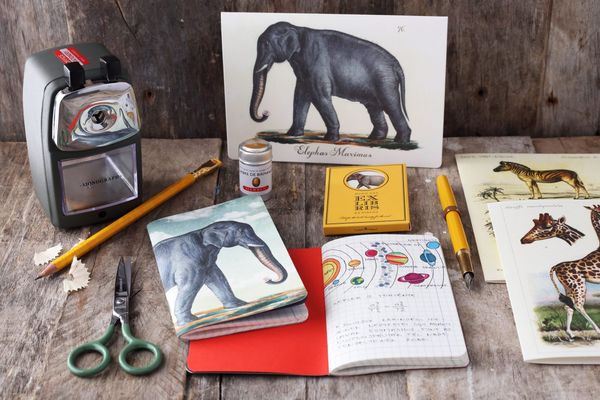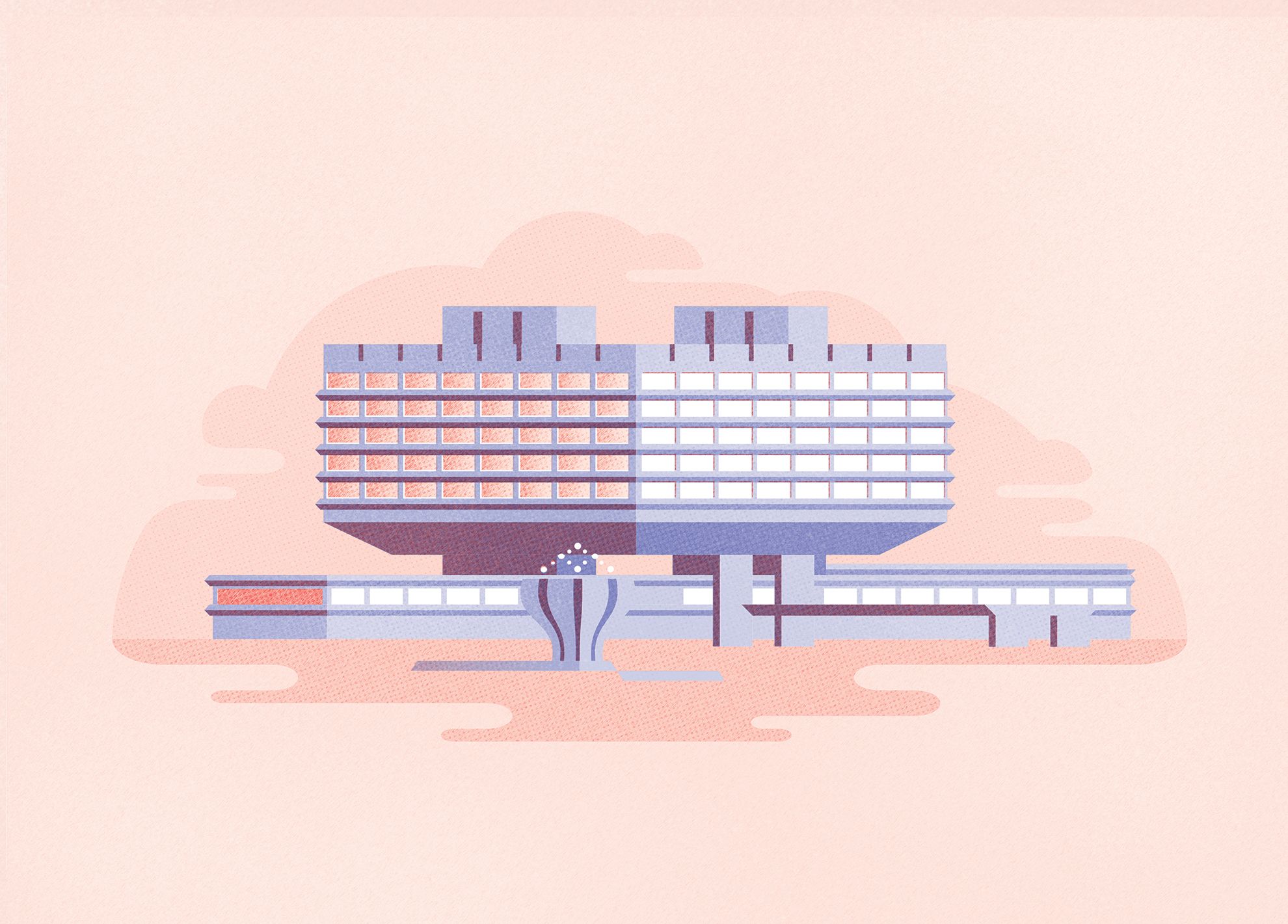The general perception of Brutalist buildings is quite mixed: at times they are viewed as the abandoned, clunky memorabilia of the Socialist era, but their merits have also been discovered by many. As a result, the fates they end up with are quite diverse, too: while some of them are declared a part of cultural heritage, others are altered or demolished to give place to new buildings. The illustrations of Czech Tomas Brechler portray Prague’s Brutalist buildings in their original glory, calling attention to the importance of their preservation.
Tomas Brechler is living and creating in Prague. He has been working as an art director at an agency in Prague since 2012, and in his free time he loves to create digital illustrations and vector graphics. The raw, robust yet minimalist shapes of Brutalism has been influencing him since his childhood – this is why he started to put together his series titled Prague Brutalism.
“I have always admired these oversized buildings, it has always been an extraordinary experience to pass by them. I remember the feeling of having to go round the building of Koospol to get to the water reservoir behind it unto this day: I was already blown away by it at the age of four. Especially by the fact how well concrete worked in the green environment of the building – I have always loved this about it“ – Tomas told us.
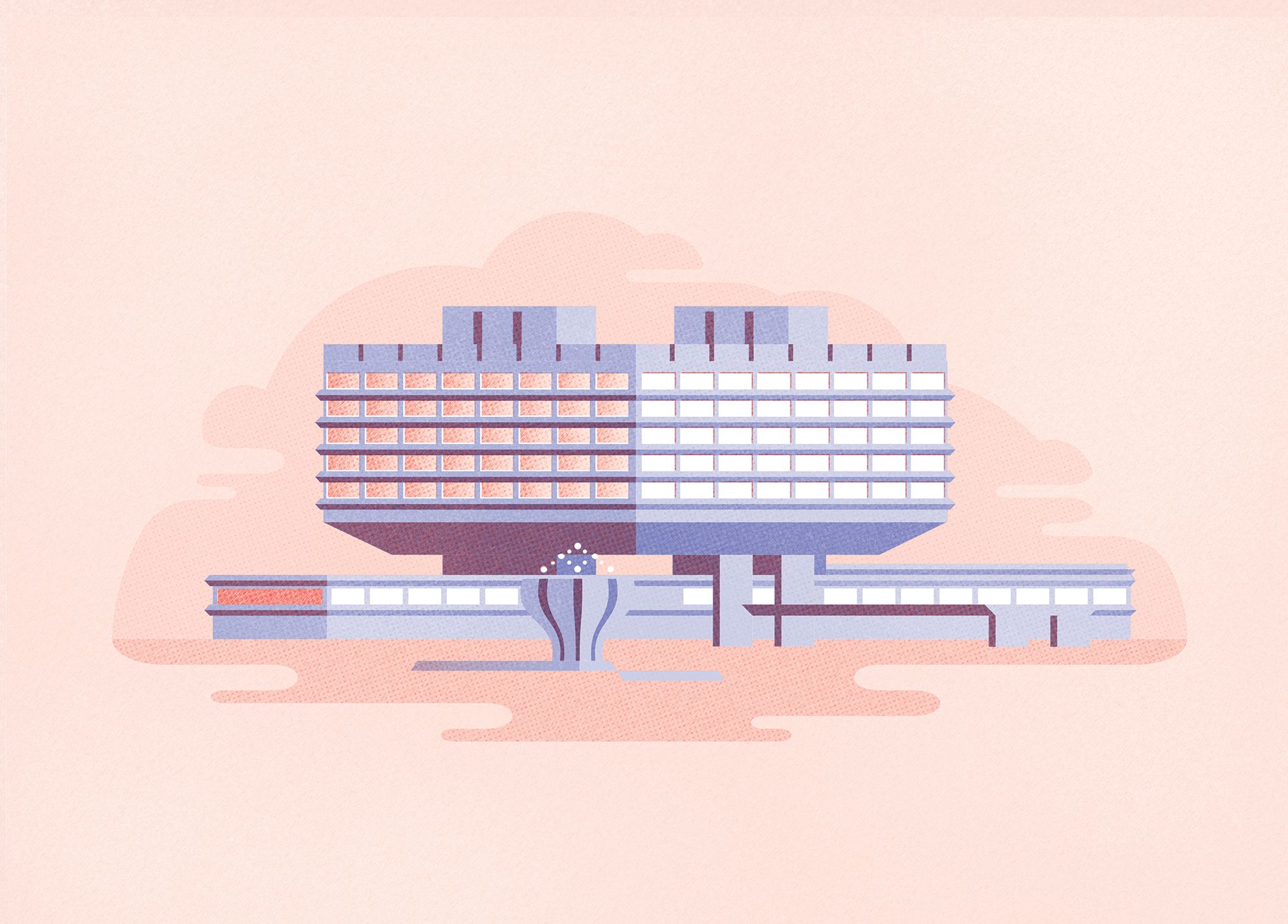
The illustrations display the iconic buildings evoking some kind of memory in the creator in pastel blue and pink contrast.
“I have a connection with the majority of the buildings drawn; me and my parents used to visit some of them regularly. One of these is Dům bytové kultury (Home Culture Store), where we explored new pieces of furniture or Kotva department store which used to be a really modern store back in the old Socialist days. As they could not keep up with the new malls over time, their fame has decreased significantly by today, but luckily they managed to survive and were not replaced by another buildings” – Tomas added.
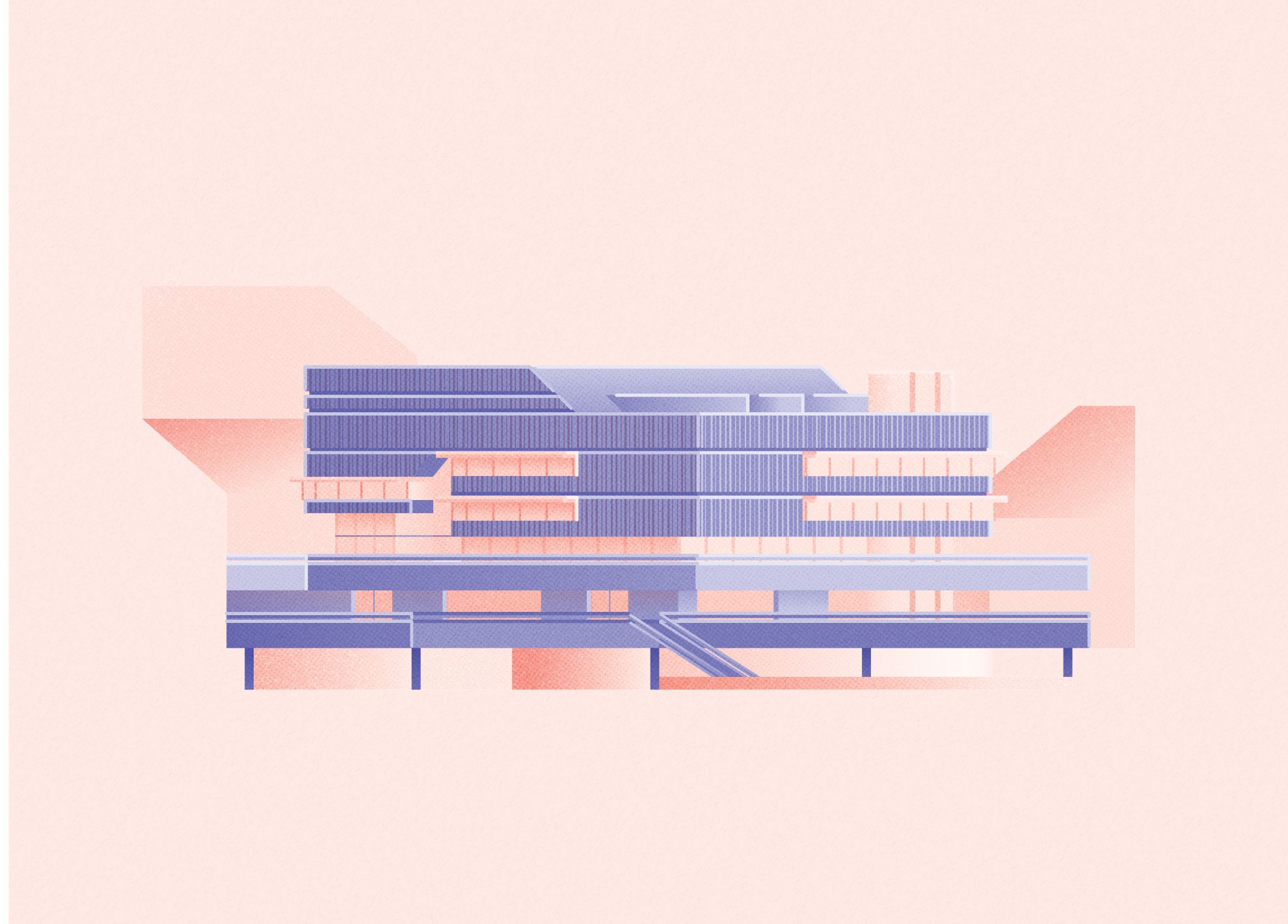
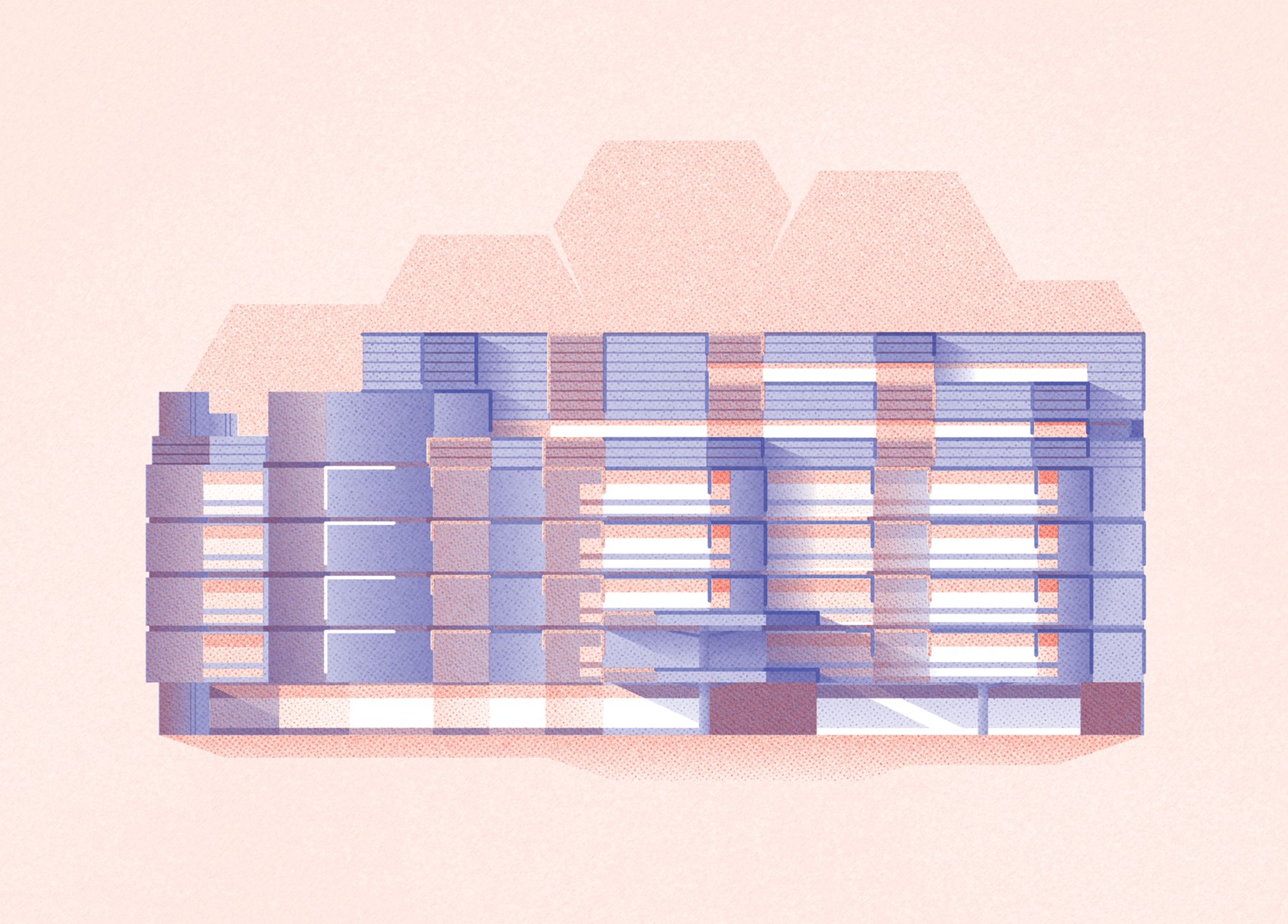
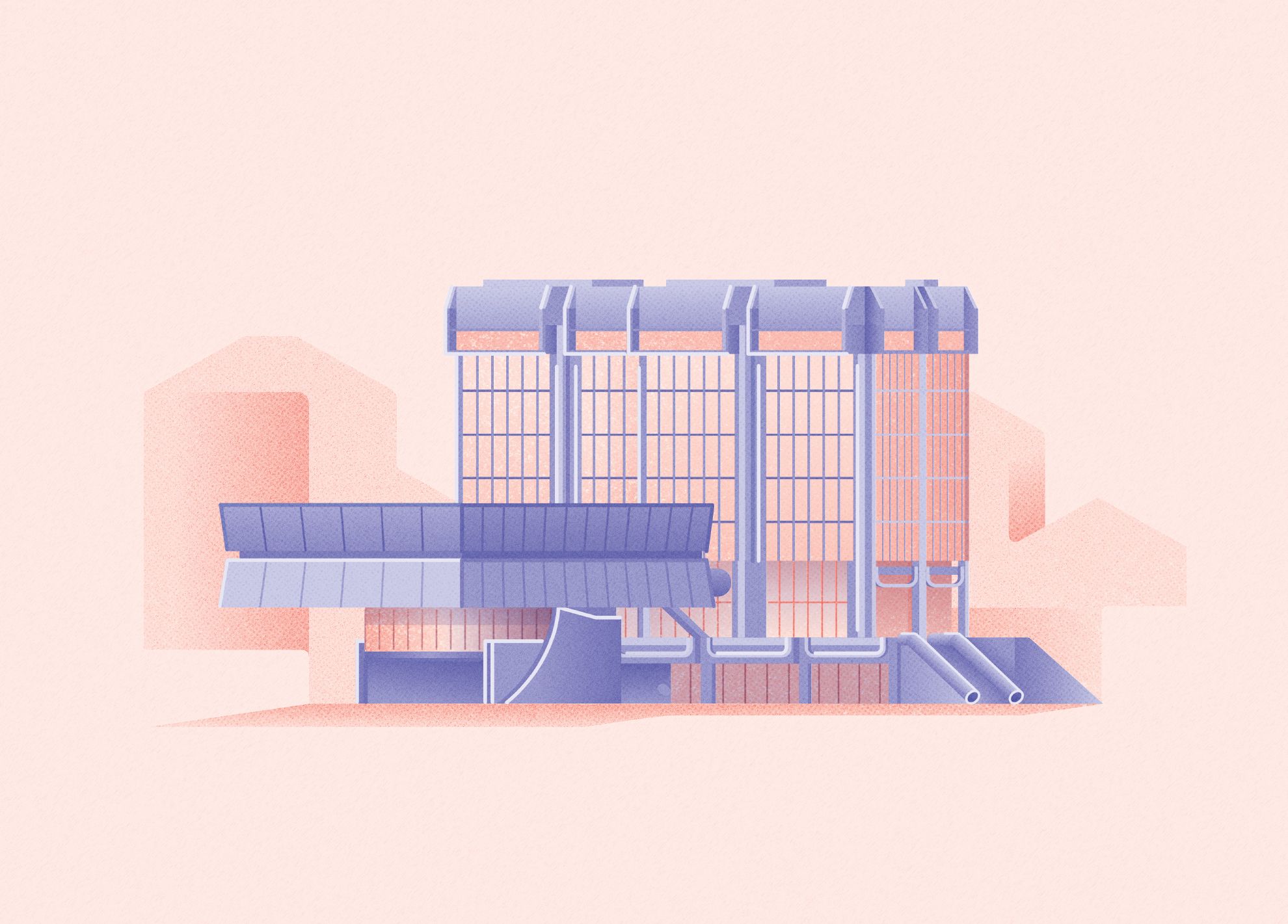
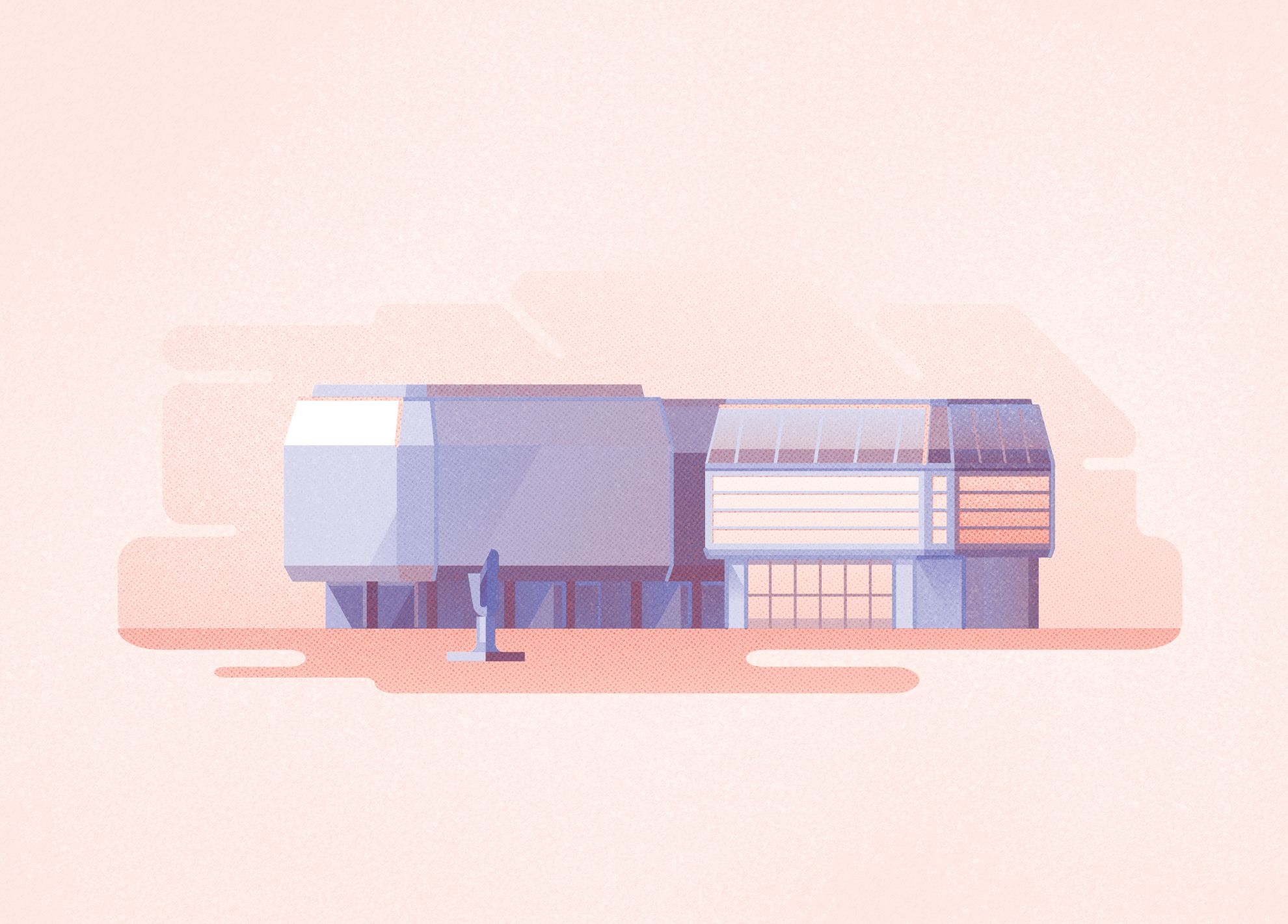
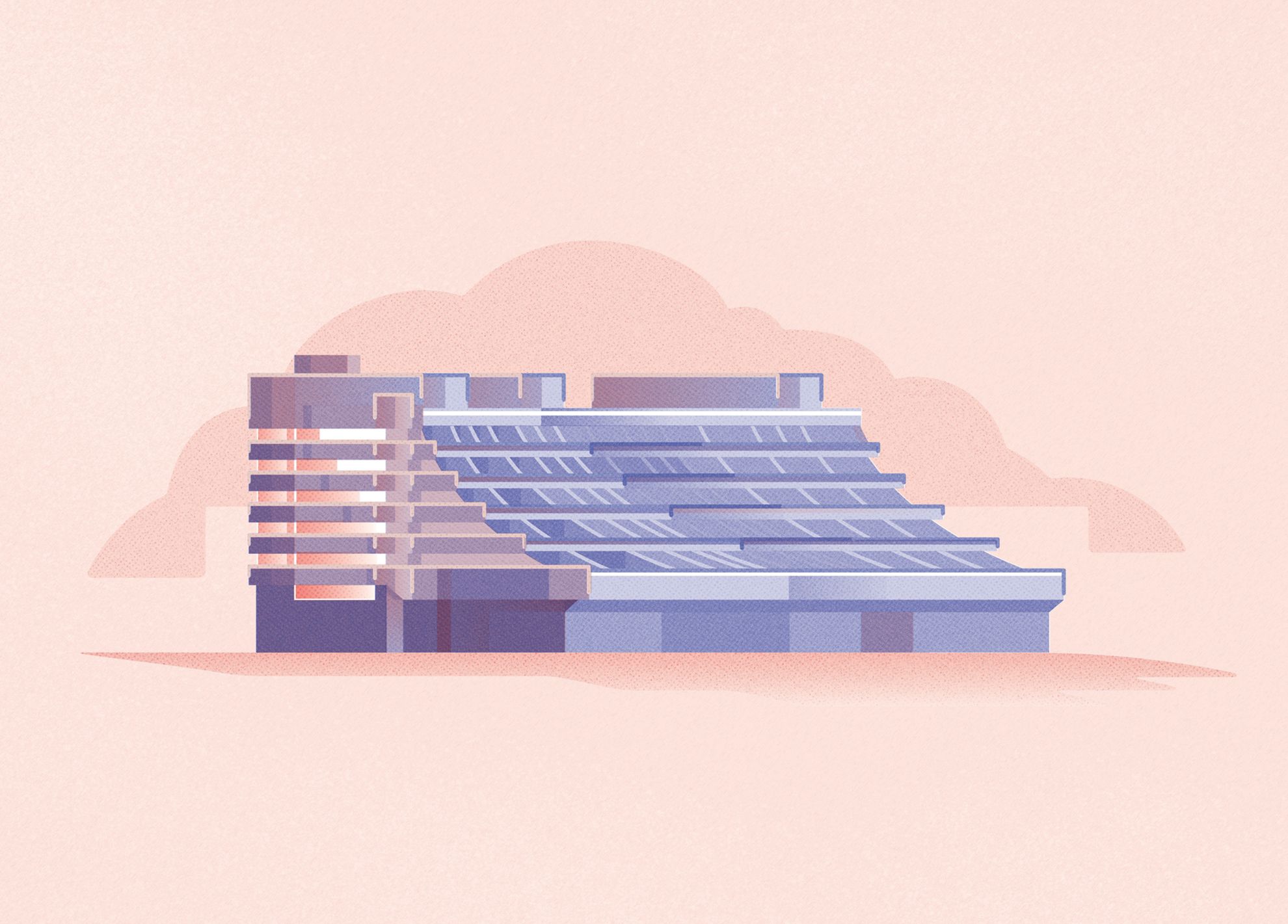
If you are intrigued by Prague’s Brutalist architecture, we have good news: Tomas plans to release new illustrations soon on his Instagram account!
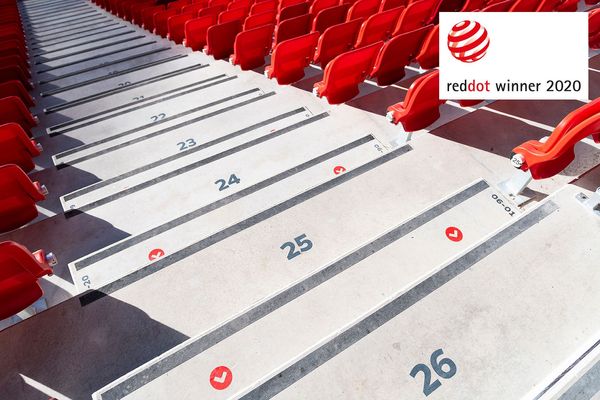
Puskás Arena’s wayfinding system receives a Red Dot award
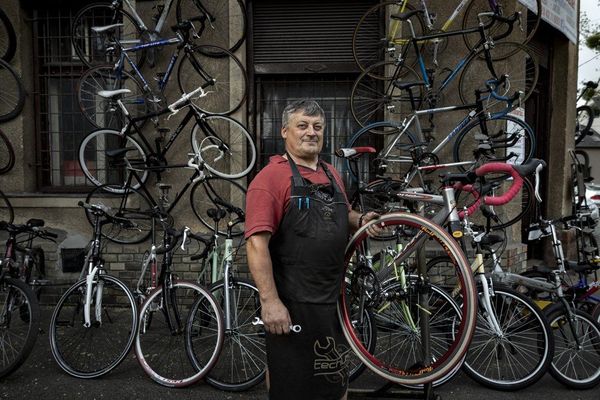
Újpest’s iconic craftsmen exhibited
